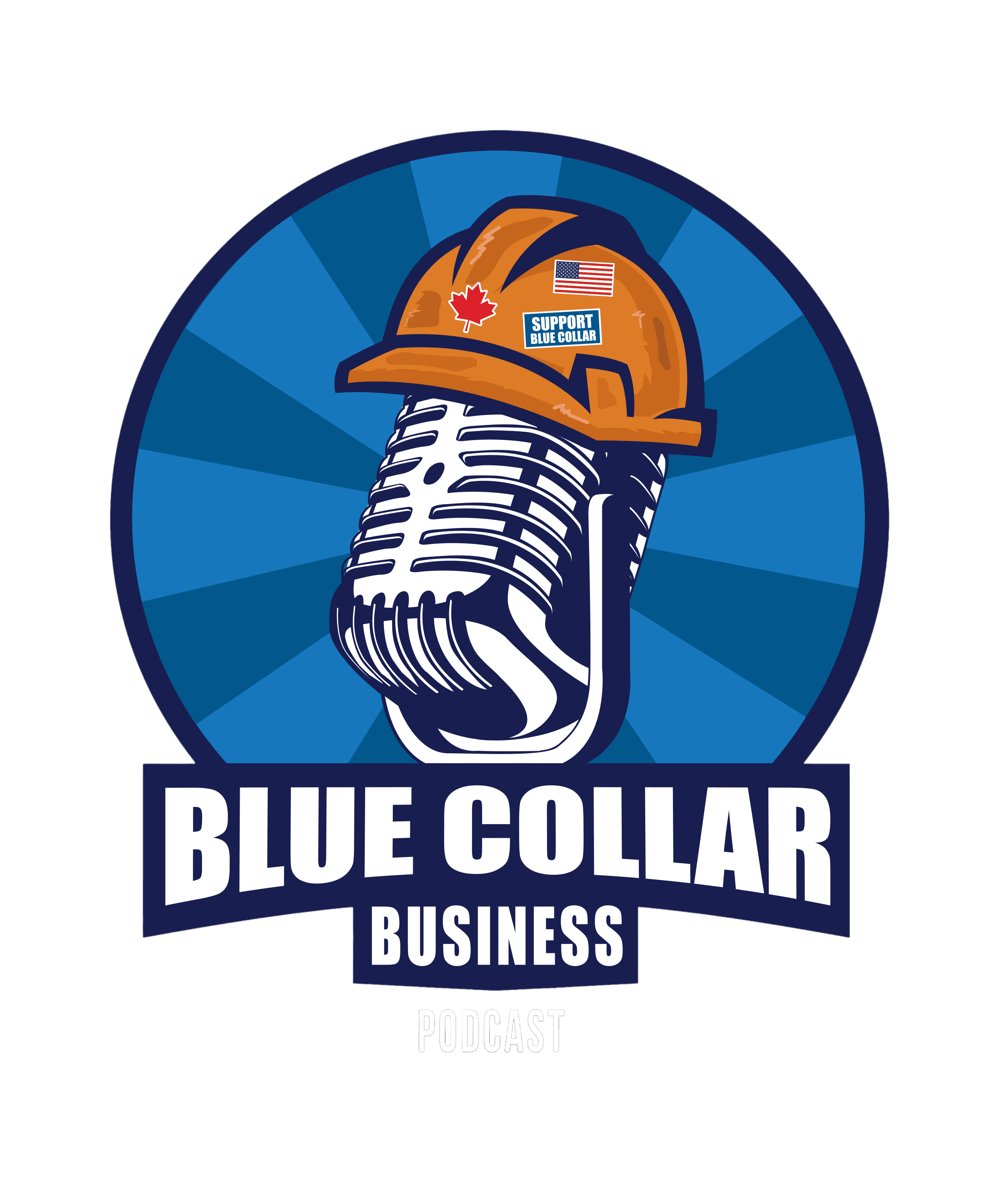Join us for an enlightening conversation with Lance Cayko, the co-founder of F9 Productions and host of the Inside the Firm podcast, as he shares his transformative journey from a farm upbringing to a flourishing career in architecture. Lance's personal narrative reveals how early lessons in construction and clashing personalities with his father led him to rethink financial success and wealth. Inspired by contrasting views of money from his father and mentor Bruce, Lance learned that true wealth lies in freedom from financial stress, a realization that propelled his career forward.
This episode offers a deep dive into the world of design-build processes, and Lance provides invaluable insights into bridging the gap between finalized architectural plans and real-world construction execution. Discover how technology, such as Revit Architecture, is transforming the industry and why effective communication between entrepreneurs and architects is essential for success. Lance's commitment to innovation, fueled by a philosophy of learning from past setbacks and figures like Michael Jordan, showcases the importance of adopting new methodologies to maintain a competitive edge.
We also explore the profound impact of Stoicism on Lance's personal growth and leadership style, drawing wisdom from Marcus Aurelius's "Meditations." Lance highlights the importance of calm, constructive communication in the workplace and shares tips on balancing multiple roles as an entrepreneur, philanthropist, and family man. Whether you're drawn to architecture, construction, or personal development, this episode promises a wealth of knowledge and inspiration to fuel your own journey.
Follow and stay connected:
Never miss an update—follow, subscribe, and join the conversation!
More About this Episode
The Power of Design-Build: Bridging the Gap Between Contractors and Architects
In the ever-evolving construction industry, one approach is reshaping how projects are conceived and executed—design-build. As a contractor passionate about construction and deeply familiar with the challenges of project execution, I've seen firsthand the friction that can arise between finalized blueprints and on-site realities. The disconnect between "here are the plans, now make it work" and the complexities of real-world implementation can be costly, frustrating, and time-consuming. But design-build offers a solution—a more collaborative, efficient way to bring architectural visions to life.
Recently, I had the pleasure of discussing this transformative approach with Lance Cayko, co-founder and partner at F9 Productions and host of the Inside the Firm podcast. With a background that spans both construction and architecture, Lance embodies the design-build philosophy, seamlessly bridging the gap between the creative and practical aspects of building. In our conversation, we explored the evolving role of technology in architecture, effective communication between contractors and architects, and how design-build is setting new standards for the construction industry.
What is Design-Build and Why Does It Matter?
Design-build is a project delivery method where one entity—the design-build team—works under a single contract with the project owner to provide both design and construction services. Unlike the traditional design-bid-build model, where architects and contractors work separately, design-build fosters collaboration from the project's inception, allowing for:
- Faster Project Completion: Overlapping design and construction phases speeds up timelines.
- Cost Efficiency: Early collaboration reduces costly design changes and miscommunication.
- Better Communication: Direct communication between architects, engineers, and contractors minimizes misunderstandings and scope gaps.
As someone deeply embedded in the construction industry, I can't overstate how game-changing this approach can be. It’s not just about efficiency; it’s about delivering better projects by fostering a collaborative environment where everyone's expertise is leveraged.
The Value of Real-World Construction Experience in Architecture
Lance's journey from construction to architecture is a testament to the power of hands-on experience. Before founding F9 Productions, Lance spent years in the field—roofing, framing, and mastering the nuances of various trades. This background gave him a unique perspective when transitioning to architecture. It wasn’t just about designing beautiful buildings; it was about creating structures that were both aesthetically pleasing and practical to build.
One of the most significant advantages of design-build is the seamless integration of design and construction knowledge. Lance emphasized this point, noting that many design flaws arise when architects don’t fully understand the challenges faced on-site. By being both the designer and the builder, his team can foresee potential issues and design around them before construction begins.
This approach not only reduces change orders but also enhances the overall build quality. It’s a philosophy I echo in my own projects—grounding architectural vision in practical construction realities leads to better outcomes for everyone involved.
Technology’s Role in Modern Architecture and Construction
One of the standout aspects of Lance’s approach is his commitment to leveraging technology, particularly Building Information Modeling (BIM) using Revit Architecture. At F9 Productions, the mantra is "Model it like it's built." Unlike traditional architectural drawings that often focus on aesthetics first, Lance and his team use Revit to create highly detailed 3D models that mimic the actual construction process.
This approach involves:
- Detailed Layering: Modeling each component of the structure exactly as it will be built, from foundation to finish.
- Virtual Testing: Identifying and resolving potential conflicts in the digital model before breaking ground.
- Enhanced Collaboration: Sharing the 3D model with engineers, fabricators, and contractors to ensure everyone is aligned on the design intent.
A perfect example of this was a recent custom home project in Colorado involving complex structural steelwork. By modeling every beam and connection in Revit, Lance’s team could produce precise shop drawings that local fabricators struggled to generate themselves. This level of detail not only ensured accuracy but also streamlined the entire construction process.
In my experience, adopting such technology isn’t just about staying ahead of the curve—it’s about setting new standards for efficiency, accuracy, and communication in the construction industry.
Effective Communication: Bridging the Gap Between Contractors and Architects
One of the most common pain points in construction is communication—or the lack of it. Misunderstandings between architects, engineers, and contractors can lead to costly mistakes and delays. During our conversation, Lance emphasized the importance of establishing a clear communication protocol from day one. His advice? Ask upfront about preferred communication methods. Whether it’s phone calls, texts, or emails, knowing how each team member likes to communicate helps prevent confusion and ensures everyone stays on the same page.
Additionally, Lance highlighted the importance of a solution-oriented mindset. If issues arise on-site (and they always do), it’s crucial to:
- Clearly state the problem.
- Offer potential solutions.
- Communicate the design intent to preserve the architectural vision.
This proactive approach not only keeps projects moving but also builds trust among team members. In my own projects, I’ve found that regular check-ins, transparent communication, and detailed documentation go a long way in avoiding conflicts and ensuring smooth project execution.
Leadership and Culture: The Role of Respect and Positive Communication
In the blue-collar world, leadership style can make or break a project. Lance shared an experience with a client who believed that paying the bills entitled them to disrespect the construction crew. This outdated mentality ignores a fundamental truth—respect is a two-way street.
Yelling or demeaning language doesn’t motivate people; it demoralizes them. It fosters resentment and leads to high turnover, delays, and subpar work. Instead, effective leaders cultivate a culture of respect, accountability, and open communication. They:
- Lead by Example: Demonstrate professionalism and expect the same from the team.
- Address Issues Calmly and Constructively: Approach problems as opportunities for growth, not as excuses for blame.
- Maintain a Solution-Focused Mindset: Focus on resolving issues rather than assigning fault.
In my own leadership journey, I’ve found that creating an environment where team members feel respected and valued not only boosts morale but also enhances productivity and craftsmanship.
Keep the Faith and Take Action
For those feeling stuck—whether it's in their career, business, or personal life—Lance’s advice resonates deeply: "Keep the faith and take the first step." It’s easy to feel overwhelmed when facing challenges, but change starts with action. Whether it's adopting new technology, improving communication, or simply deciding to pursue a new opportunity, the first step is often the hardest.
If you’re in the blue-collar world and thinking about breaking into design-build, consider the potential it holds for efficiency, collaboration, and profitability. Start small, learn from every mistake, and remember that innovation often comes from those willing to challenge the status quo.
Moving Forward with Design-Build
As the construction industry continues to evolve, the design-build approach is proving to be more than just a trend—it's the future. By integrating design, technology, and construction expertise, firms like F9 Productions are paving the way for more efficient, cost-effective, and creative building solutions.
Whether you’re a contractor, architect, or aspiring entrepreneur, embracing this collaborative mindset can set you apart in an industry ripe for disruption. As Lance and I discussed, success in this field isn’t just about hard work; it’s about working smarter, communicating effectively, and always being willing to innovate.



Member discussion: